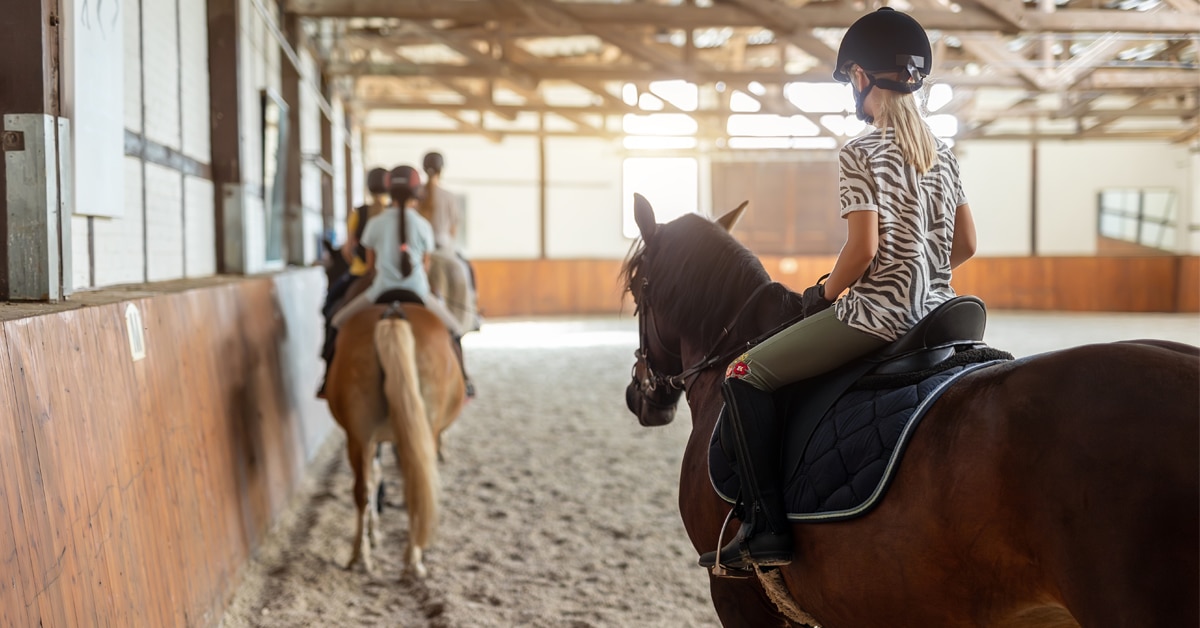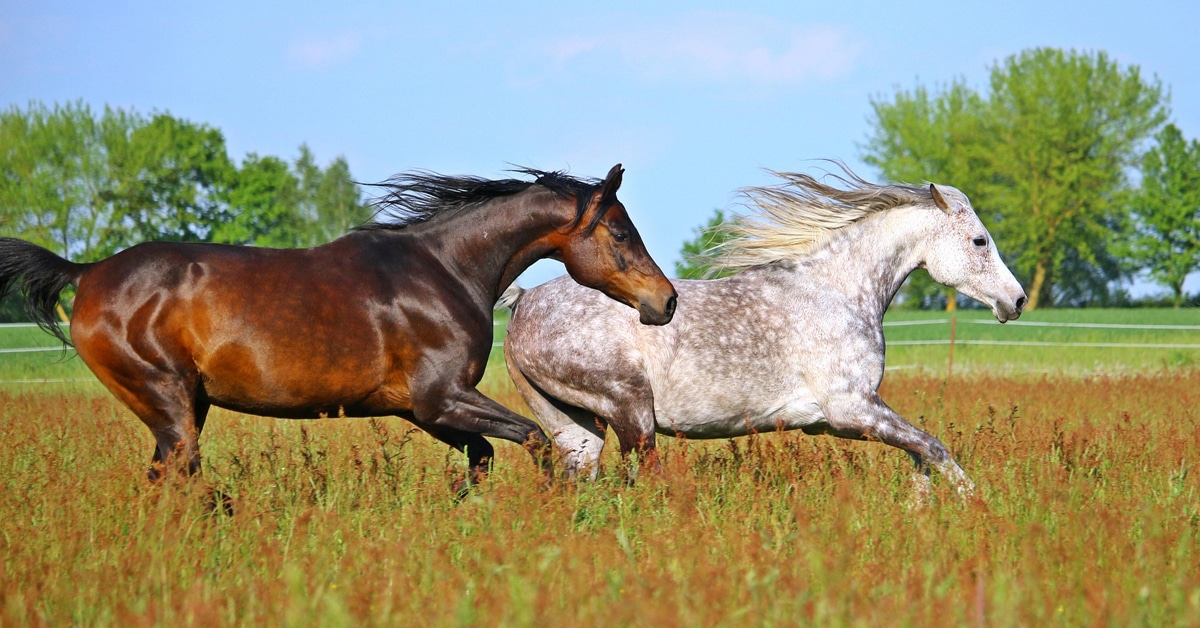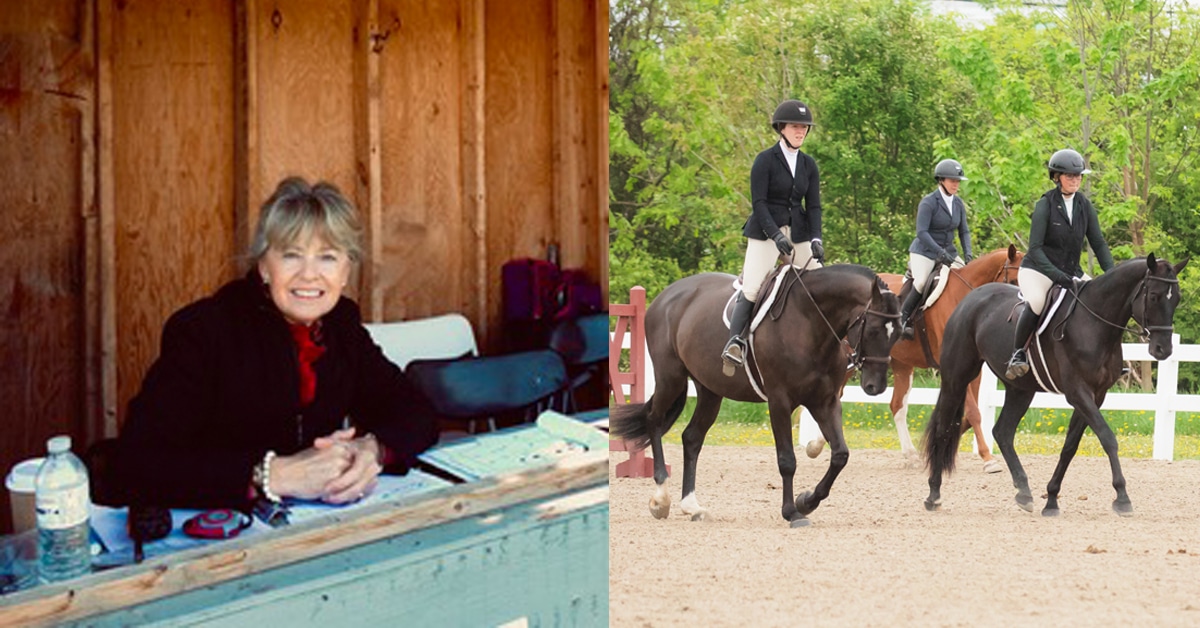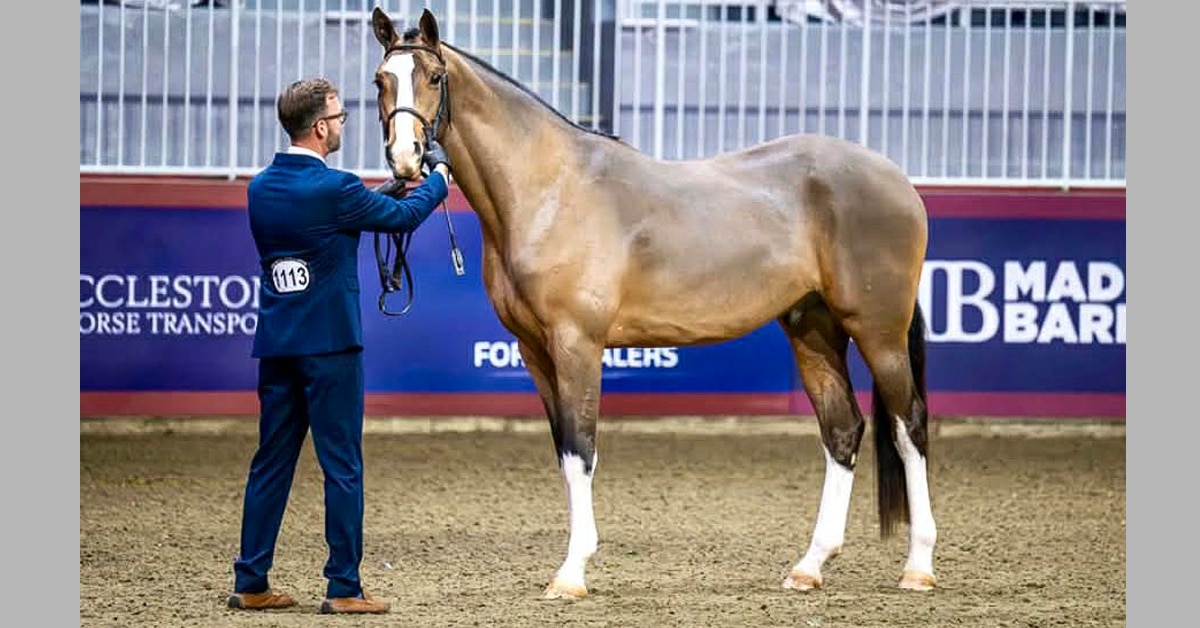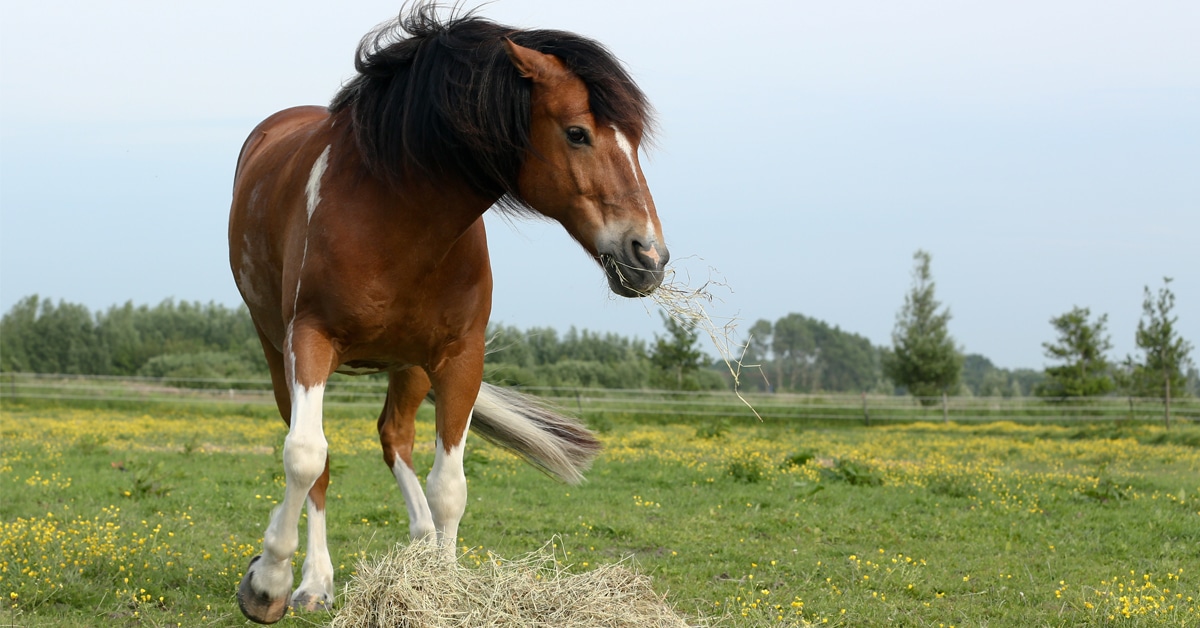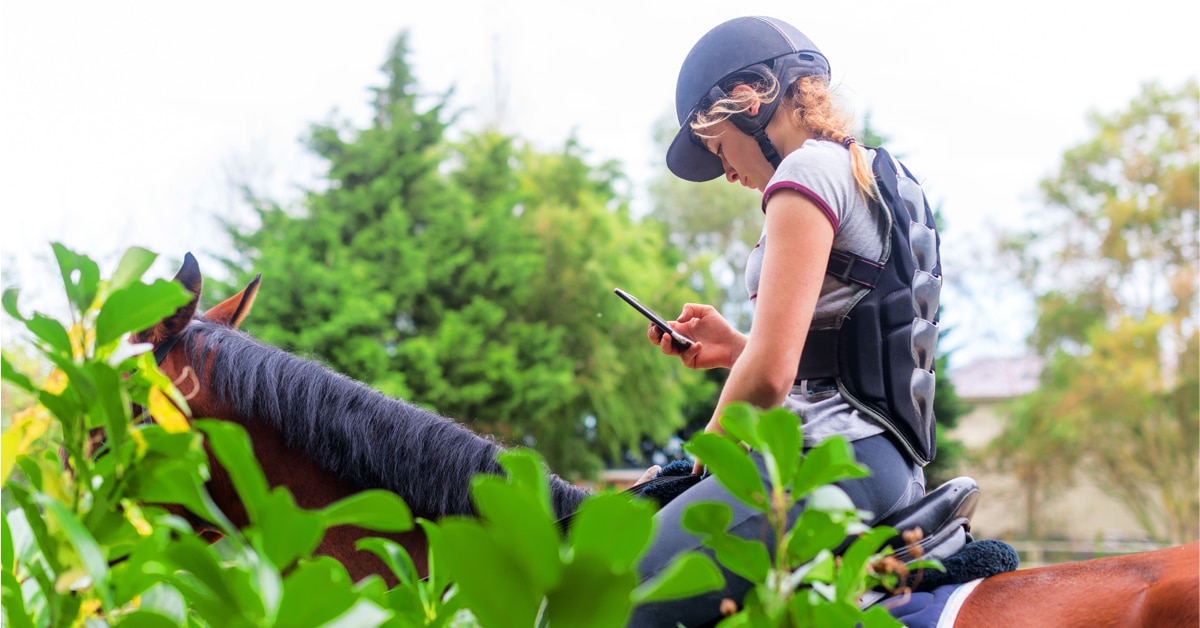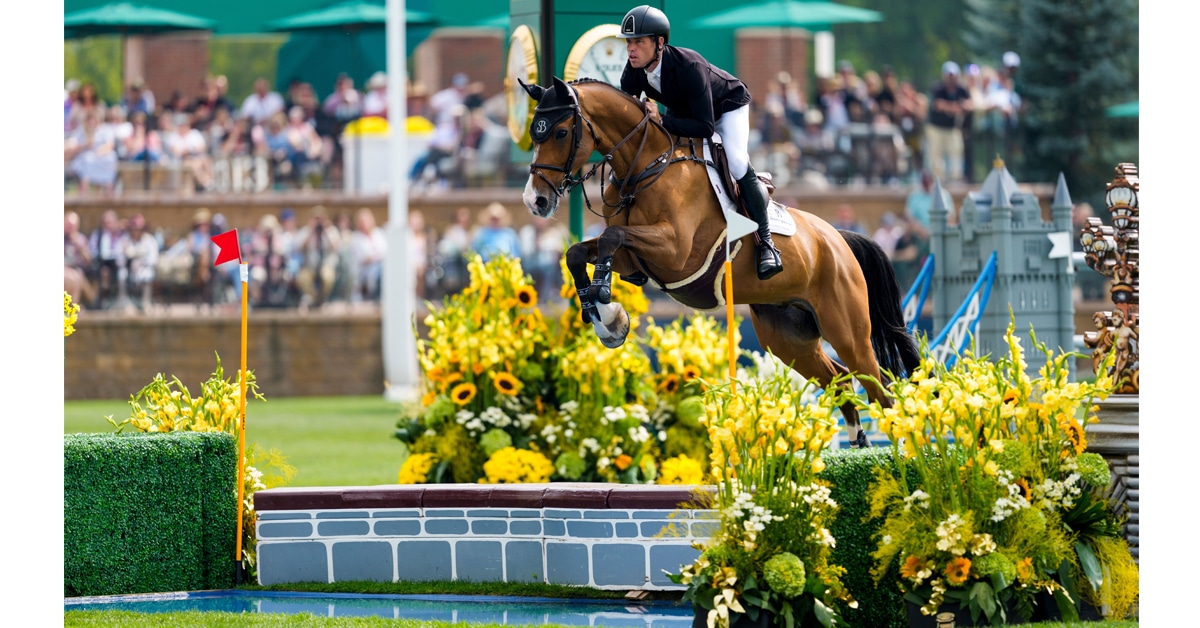This is a great time of year to introduce young horses and riders to the open water. The weather still allows for outdoor riding, and many horses and riders are carrying positive momentum from the show season. Before you start, there are a few things to consider and some skills worth having in place.
Preparation
One of the most helpful steps is to set up both the water and a liverpool a few days before schooling over them. Work your horses around them so they are familiar with the setup before you attempt to jump. We also like to school the liverpool first — even if your horse is already brave with it. The goal is to teach them how to jump, not surprise them and hope their good nature or luck gets the job done!
We also like to include a triple bar in the schooling session. The ride and the jump of a triple bar are very similar to the open water. Both require momentum and intention in the approach without over-lengthening the stride. For the horse, the shape of the jump — the arc, the extra reach, and push — mirrors the feeling of the water jump. This builds confidence and understanding before the “big moment.”
Setting the Water Jump
If you’re working with a large tray and aren’t sure how your horse will react, start by folding it up so it’s no wider than a standard liverpool. As your horse gains confidence, gradually widen it.
Place a pole over the top to encourage them to jump up rather than just across, and add a ground line in front (a box or some filler works). Just make sure it’s not so tall that the horse can’t see the water on approach — you don’t want them surprised in the air.
Keep the pole over the water no farther back than halfway. If it’s too far back, horses risk landing on it. A pole closer to the front encourages a safer, more correct jump.
Tip for nervous riders: You can add a cavaletti or pole about five strides before the water. This helps establish a predictable approach and gives both horse and rider confidence.
Progression
In the video below, we started with the liverpool in a line set at 66’ — a slightly steady distance to encourage an organized canter. Once the horse was confident, we moved on to a triple bar line: 58’ from the triple bar to a pair of verticals, which were set at 23’ for an easy finish.
The key to the approach is a powerful canter — forward and intentional, but not overly big. Power will make the width easy, and intention removes doubt about the question ahead. If the canter is too big, you’ll run out of ways to support the horse when the distance isn’t perfect. A normal-sized, powerful canter leaves you with options.
Ideally, you want to be a little deep to the water, but since you can’t always control that, the better mindset is: ‘no matter the distance, arrive with a little extra push.’ As my husband, Alex, told me before I jumped in the video: “Go ahead and override the distance a bit.” Thanks to the preparation, Mufasa — who had not jumped the open water before — jumped it easily.
If the horse lands in, or splashes through, the water once the distance becomes wider, make it narrower again and/or raise the rail to encourage him to get up in the air more.
Final Note
Always remember to praise your horse when they do a good job—whether it’s with your voice, a pat, or both. Helping them feel proud of themselves goes a long way in building confidence for the future.
The Latest

